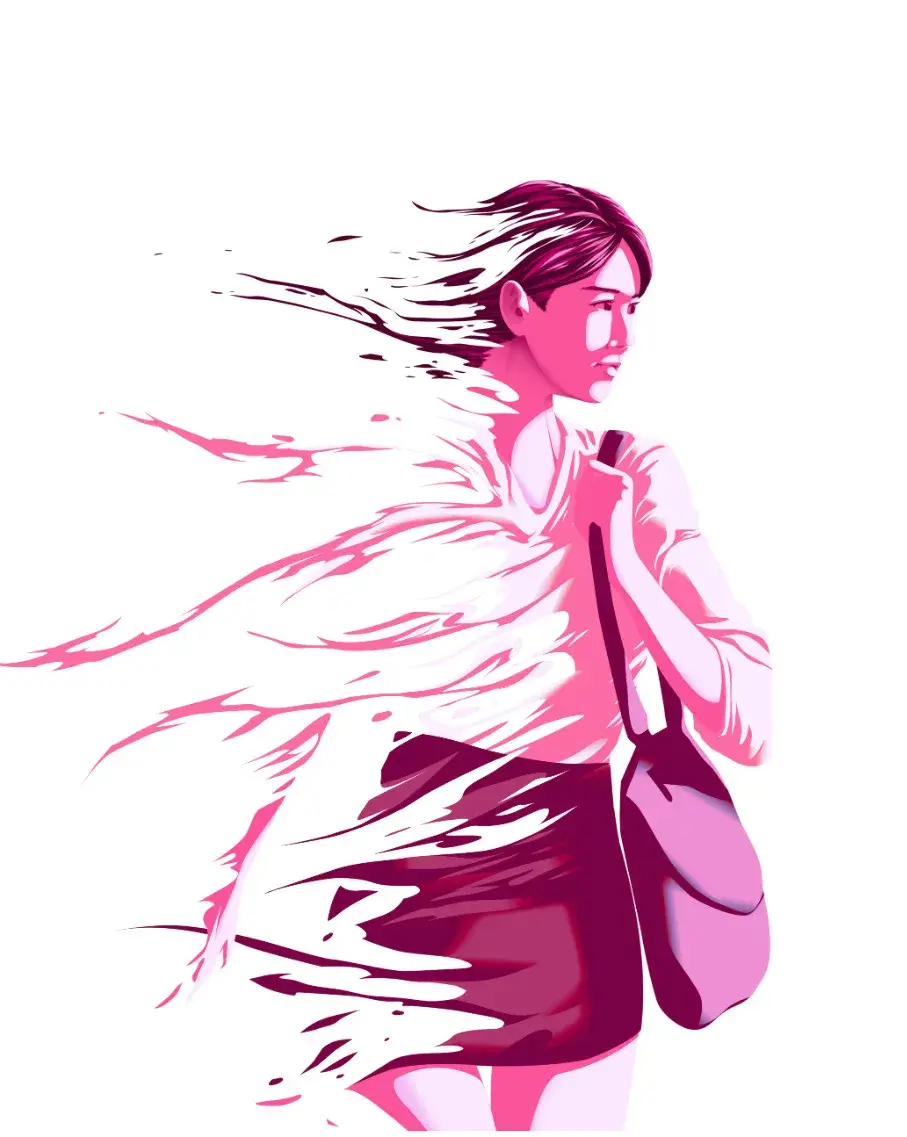How to Balance Your Blood Sugar (Without Cutting All the Carbs)
- Lindsey Case
- Apr 26
- 3 min read
Updated: Apr 30
by Lindsey Case

If you’ve ever been told that the secret to fat loss is cutting carbs, you’re not alone — and you’re not crazy for feeling frustrated.
Low-carb diets have been sold to women for decades as the magic answer. And sure, sometimes you lose weight fast — but most of that is water weight.
And what usually happens next?
Cravings. Mood swings. Exhaustion. Binging. Guilt.
It’s not a willpower problem — it’s a physiology problem.
When your body doesn’t get steady fuel, it panics. It drives you to find carbs now, and then we’re stuck feeling like we “failed.”
The truth is:
You don’t need to erase carbs from your life.
You just need to know how and when to include them in a way that honors your body’s real needs.
Because your needs shift — depending on your activity level, your stress, even where you are in your cycle.
Here’s what I want you to know:
Carbs aren’t the enemy. Unstable blood sugar is.
When your blood sugar is spiking and crashing all day, it leaves you feeling anxious, exhausted, moody, and craving even more sugar and carbs.
The goal isn’t zero carbs — it’s steady energy.
You get there by pairing carbs with protein, healthy fats, and fiber — and by eating them at the right times.
Your cycle matters.
During your follicular phase (the first half of your cycle, after your period ends), your body is more insulin sensitive. You can usually enjoy a little more flexibility with carbs — and may naturally crave lighter, fresher foods.
During your luteal phase (the second half, before your period), your body becomes less insulin sensitive. You’ll feel better when you focus more on protein, fiber, and healthy fats — and are mindful with carbs.
Your size and activity level matter, too.
If you’re more petite, your body may not need as much total carbohydrate compared to someone taller or more muscular.
If you’re more active — working out, walking a lot, running after kids — you’ll naturally need more carbs, especially after physical activity.
It’s about balance, not punishment.
You don’t have to track every bite or stress about every meal.
Start simply:
• Did I include protein?
• Is there fiber (like veggies, beans, seeds)?
• Is there healthy fat (like olive oil, avocado, nuts)?
• How’s my energy 1–2 hours after eating? (Steady? Or crashing?)
When carbs are your friend:
• After a workout (hello, recovery!)
• During your follicular phase
• When paired with protein, fat, and fiber
• When you’re choosing slow-digesting carbs like sweet potatoes, quinoa, berries, or legumes
When to be more mindful:
• In your luteal phase (hello, PMS cravings — protein is your best friend)
• On very sedentary days
• When you’re noticing energy dips, mood swings, or gut bloating after heavier carb meals.
You don’t have to live by extreme rules.
You can learn to nourish yourself with confidence and flexibility — in a way that feels sustainable, not stressful.You’re not “bad” for eating carbs.
You’re wise for learning to work with your body, not against it.
But Doesn’t Keto Balance Blood Sugar?
Yes, keto can help balance blood sugar by cutting carbs almost completely.
But for most women, especially during our reproductive years, extreme low-carb diets can backfire — causing hormone imbalances, low energy, higher stress, and even more cravings.
You don’t have to cut carbs to balance your blood sugar.
You just have to eat them the right way — paired with protein, fiber, and healthy fats, and timed to fit your cycle and lifestyle.




Comments